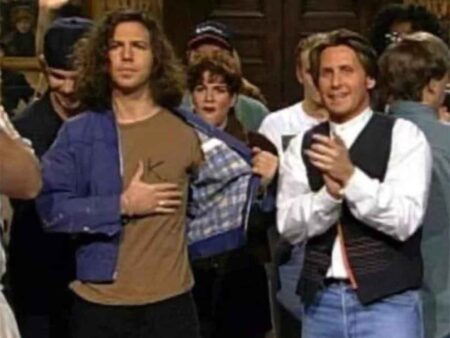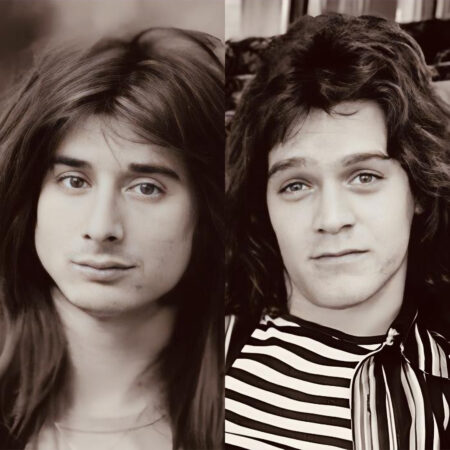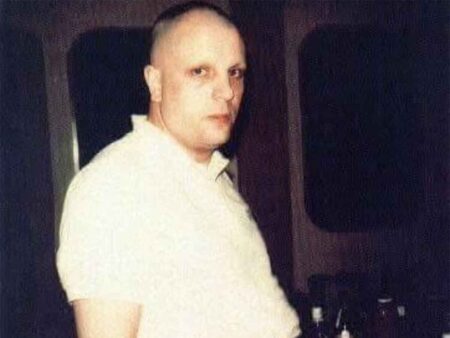How Madonna’s 1980s hits and fearless fashion—from lace and rosaries to power suits—reset pop and MTV.
Across the 1980s, Madonna reshaped mainstream pop by pairing sharp, hook‑driven singles with instantly readable visual style. Her music evolved from downtown dance-pop to sophisticated, narrative pop; her dress sense turned thrift-store bricolage and couture references into a global youth uniform.
Breakthrough and the sound of the decade
Arriving as MTV rewired the industry, Madonna built songs that worked on radio, dance floors and television. She co-wrote much of her material and selected producers who understood club culture as well as pop craft, keeping rhythm lines simple, toplines strong and choruses repeatable.
Albums and signature tracks
- Madonna (1983): Early dance-pop with post‑disco sheen. Key tracks: Holiday, Borderline, Lucky Star. Producers included Reggie Lucas, with club-minded contributions from John “Jellybean” Benitez.
- Like a Virgin (1984): A sleeker, funk-informed set produced by Nile Rodgers. Hits: Like a Virgin, Material Girl, Angel; Into the Groove became a defining club/international single of 1985.
- True Blue (1986): A leap in songwriting and vocal presence with Stephen Bray and Patrick Leonard. Highlights: Live to Tell, Papa Don’t Preach, Open Your Heart, La Isla Bonita.
- Like a Prayer (1989): A mature, sonically varied album blending live instruments, pop-gospel and rock textures. Standouts: Like a Prayer, Express Yourself, Cherish, Oh Father.
Writing, production and themes
- Producers: Rodgers brought precision and groove; Bray and Leonard balanced synths with live arrangements; Benitez kept the club DNA intact.
- Subjects: Autonomy and desire (Like a Virgin, Express Yourself), family and responsibility (Papa Don’t Preach), faith and identity (Like a Prayer), romantic fantasy and Latin inflections (La Isla Bonita).
- Hooks and structure: Four-on-the-floor kick, syncopated bass, bright synth stabs, and call‑and‑response choruses designed for both radio edits and extended dance mixes.
 MTV and the power of the image
MTV and the power of the image
Madonna treated videos and stage moments as extensions of the songs. The visuals didn’t just market the music—they completed it.
- Like a Virgin (1984): The wedding‑dress performance became a pop‑culture shorthand for provocative innocence.
- Material Girl (1985): A witty homage to classic Hollywood glamour asserted control over the “gold-digger” stereotype.
- Papa Don’t Preach (1986): Narrative video storytelling matched the song’s social stakes.
- Like a Prayer (1989): Gospel choirs and religious imagery sparked global debate and cemented her as a boundary‑pushing visual auteur.
- Express Yourself (1989): Industrial futurism, menswear tailoring and corsetry in a big‑budget collaboration with director David Fincher.
The 1980s wardrobe: how it worked
Her dress sense fused street finds, religious iconography, lingerie details and vintage Hollywood cues. The looks were legible from the back row of an arena and easily imitated by teens—key to their cultural spread.
Early‑decade street pop
- Lace bustiers, tulle skirts and fingerless gloves.
- Layered crucifix and rosary‑style necklaces; piles of rubber and metal bracelets.
- Bleached waves with visible roots, hair bows, heavy liner—intentionally DIY.
- A “Boy Toy” belt turned cheeky slogan into signature branding.
Mid‑decade reinventions
- Desperately Seeking Susan–era thrift and streetwear: cropped jackets, oversized men’s pieces over leggings and boots.
- Material Girl video glam: pink satin, opera gloves and diamonds as a knowing Monroe reference.
- True Blue/Live to Tell: 1950s‑tinged polish with short peroxide curls; Papa Don’t Preach added leather and denim toughness.
- Latin and Spanish cues for La Isla Bonita: ruffles, mantilla‑like headpieces, red‑black palettes.
Late‑decade power dressing
- Express Yourself combined masculine suiting with corsets—gender play as visual thesis.
- Structured lingerie elements surfaced more boldly by decade’s end, foreshadowing the highly architectural stagewear of the early 1990s.
 Onstage and on film
Onstage and on film
- The Virgin Tour (1985) translated club energy to arenas: layered lace, tutus, crucifixes and big hair scaled for the back row.
- Who’s That Girl World Tour (1987) sharpened choreography and costuming, mixing street pieces with high‑glam changes.
- Films—especially Desperately Seeking Susan (1985)—fed directly into real‑world fashion, normalizing lingerie‑as‑outerwear and eclectic layering.
Impact and legacy
- Redefined the music‑video era by aligning sonic hooks with instantly recognizable silhouettes.
- Made personal authorship visible: co‑writing and strong visual direction presented a coherent brand before the term was common.
- Mainstreamed conversations about sexuality, religion and power through pop formats accessible to teens and adults alike.
- Set templates later used by global pop acts: clear eras, repeatable fashion codes, and tour aesthetics that extend album stories.
Conclusion
In the 1980s, Madonna fused club‑born pop with image-making precise enough to be copied in a mirror and bold enough to spark debate. The hits endure on their songwriting merits; the looks endure because they were legible, remixable and strategically provocative. Together, they rewrote how a pop era should sound—and how it should look.




